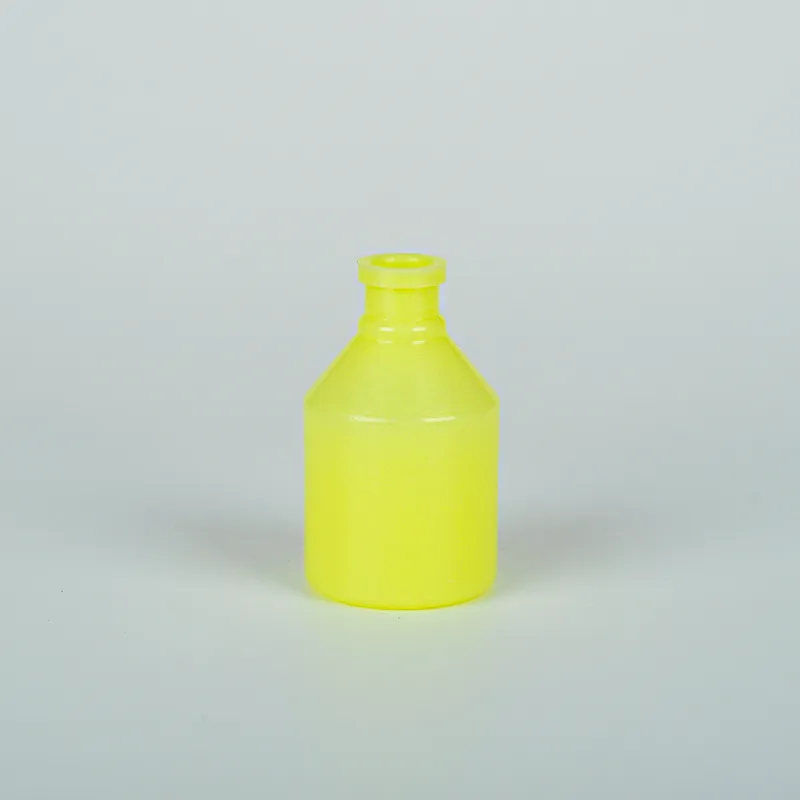what is a culture plate
Understanding Culture Plates A Vital Tool in Microbiology
Culture plates, also known as petri dishes, are essential tools utilized in various scientific fields, particularly in microbiology. These shallow, cylindrical dishes are made of glass or plastic and are used to culture microorganisms under controlled conditions. The importance of culture plates cannot be overstated, as they provide a method for researchers and scientists to observe, isolate, and study different types of microorganisms, including bacteria, fungi, and other cellular organisms.
Understanding Culture Plates A Vital Tool in Microbiology
When conducting microbiological experiments, the process of inoculation is crucial. This involves transferring a small sample of microorganisms to the surface of the culture plate using sterile tools like inoculating loops or swabs. Once inoculated, the plate is incubated at an appropriate temperature to foster growth. During this incubation period, colonies of microorganisms will begin to appear, each representing a group of genetically identical cells originating from a single progenitor. The ability to visualize and count these colonies makes culture plates a fundamental instrument for quantifying microbial populations.
what is a culture plate

Culture plates provide critical insights into microbial behavior and characteristics. Scientists can perform various tests to determine the morphology, color, and size of colonies, offering clues about the species present. Additionally, by applying differential staining techniques or biochemical tests, researchers can identify specific traits of the microorganisms growing on the plates. The results from these experiments can be vital for clinical diagnostics, environmental monitoring, and food safety assessments.
Throughout the years, advancements in technology have influenced the development of culture plates. Innovations such as pre-prepared culture media and disposable plastic plates have streamlined laboratory processes, reducing the risk of contamination and improving efficiency. Furthermore, the concept of using multi-well plates allows for high-throughput screening, where multiple tests can be conducted simultaneously, expediting research and discovery.
Despite their simplicity, culture plates hold a vast array of potential applications. In clinical labs, they are used to culture pathogens from samples taken from patients, aiding in the diagnosis of infections. In environmental studies, they help assess microbial diversity in various ecosystems, shedding light on the roles microorganisms play in nutrient cycling and ecosystem health. Food industries rely on culture plates to ensure products are free from harmful bacteria and safe for consumption.
In conclusion, culture plates are indispensable tools in the realm of microbiology. They enable the cultivation and study of microorganisms in a controlled environment, offering insights that are critical for research, diagnostics, and industry applications. As science continues to evolve, the role of culture plates will undoubtedly remain significant, paving the way for future discoveries and innovations. Their versatility and utility ensure that culture plates will still be a staple in laboratories for years to come.
-
Aesthetic Makeup Spray Bottles | Fine Mist Empty RefillableNewsAug.19,2025
-
White Plastic Veterinary Vaccine Vials | Lab Liquid BottlesNewsAug.18,2025
-
Plastic Medicine Liquid Bottle: Secure Flip Top Drug VialsNewsAug.17,2025
-
Durable 250ml Blue Plastic Vaccine Vial for Lab & Vet UseNewsAug.16,2025
-
Sterile Virus Sample Tubes: Secure & Reliable Specimen CollectionNewsAug.15,2025
-
White 250ml Plastic Vaccine Vial for Lab & Vet MedicineNewsAug.14,2025
























